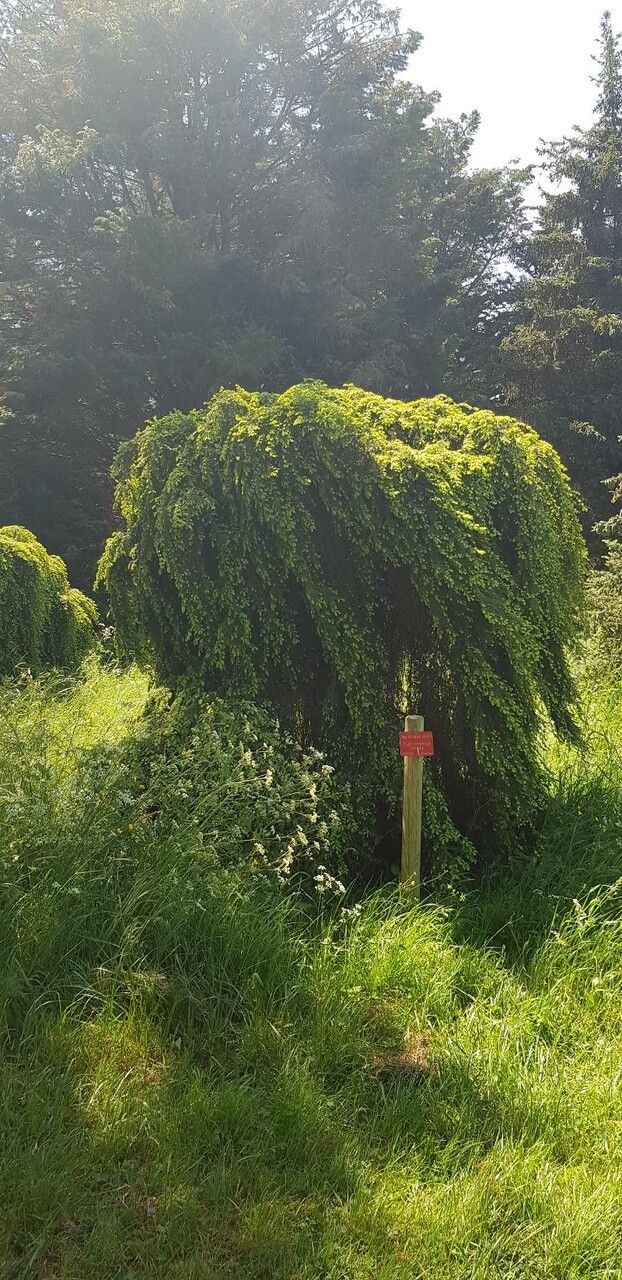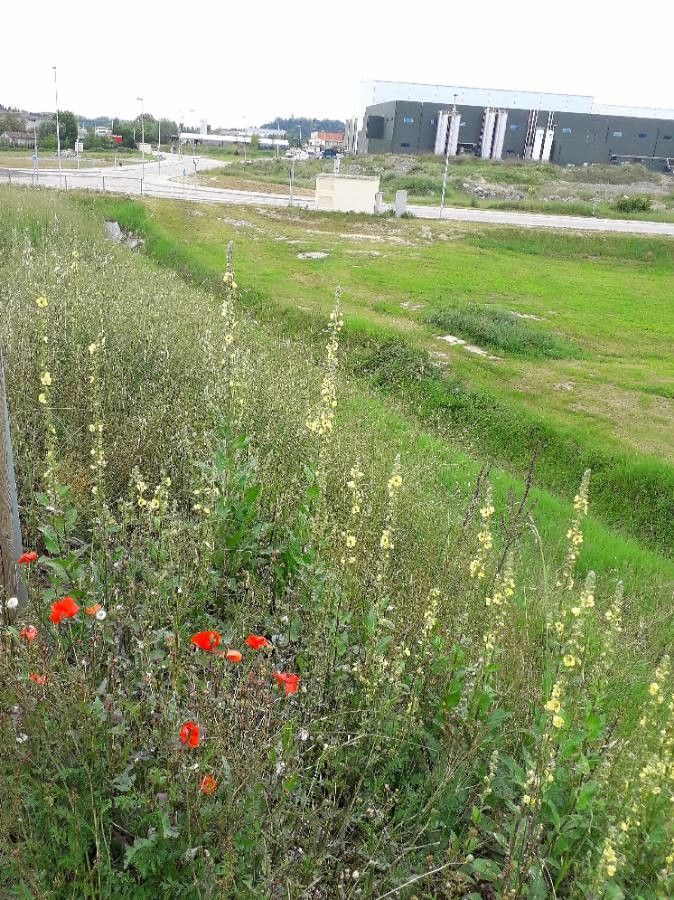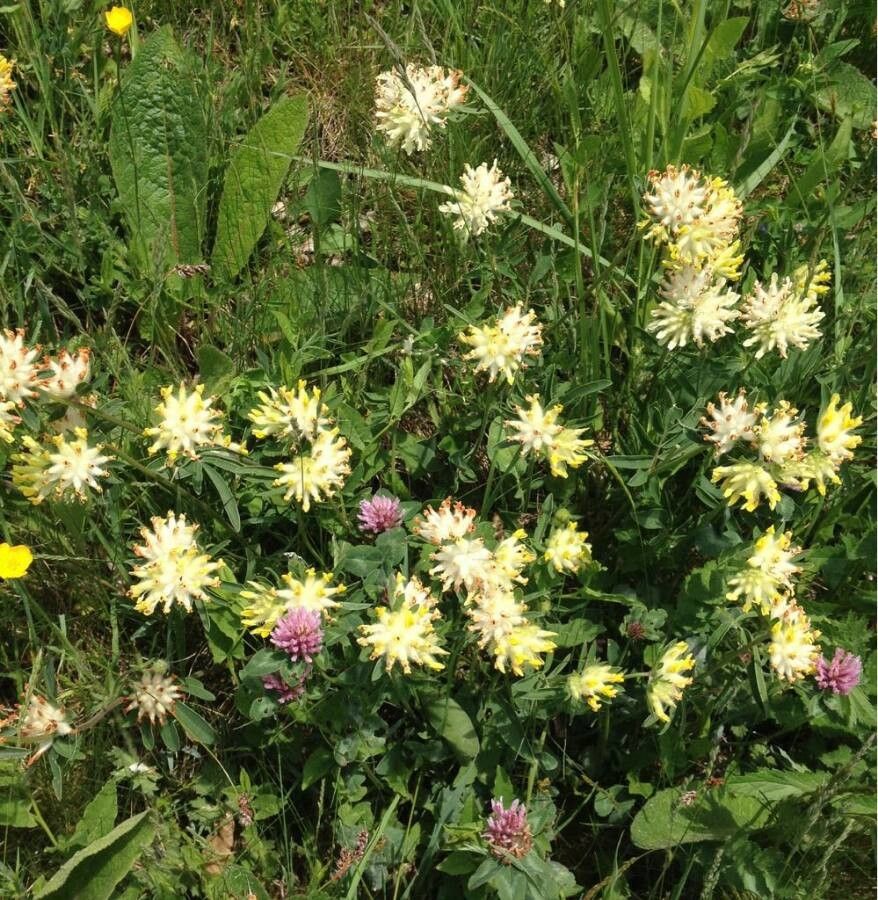### Eastern Hemlock: A Majestic Evergreen
The Eastern Hemlock ( *Tsuga canadensis*), a member of the Pinaceae family, is a majestic evergreen tree renowned for its graceful, drooping branches and soft, fragrant needles. Native to eastern North America, this species plays a vital role in its ecosystem, providing habitat for various wildlife and contributing to the beauty of its native landscapes. This comprehensive guide will explore the characteristics, cultivation, and care of this stunning conifer.
### Habitat and Growth
Eastern Hemlocks thrive in moist, well-drained soils, often found in cool, shady areas. They prefer acidic soil conditions and can tolerate partial shade, although they may not reach their full potential in extremely sunny locations. These trees are remarkably adaptable, growing in a range of elevations and soil types, but consistently prefer moisture. Their natural habitat includes mountainous regions, ravines, and the banks of streams and rivers. Growth is generally slow to moderate, with mature trees reaching heights of 60-80 feet, and sometimes even taller.
### Identifying Features
Identifying an Eastern Hemlock is relatively straightforward once you know what to look for. Key features include:
* **Needles:** Short, flat needles (about ½ inch long), arranged in two ranks along the twig. The undersides of the needles show two white stomatal bands.
* **Cones:** Small, pendulous cones (about 1 inch long) which mature in the fall. They're brown and oval-shaped.
* **Bark:** Thin, scaly bark that is reddish-brown on young trees and becomes darker and furrowed with age.
* **Branching:** The signature drooping, horizontal branches give this tree a distinctive look, creating a dense, cascading effect.
### Care and Cultivation
While Eastern Hemlocks are relatively low-maintenance, proper care is essential for their health and longevity. Here are some key considerations:
* **Planting:** Choose a location that provides adequate shade and moisture. Plant in well-drained soil amended with organic matter for optimal growth.
* **Watering:** Consistent moisture is crucial, especially during dry periods. Newly planted trees may require more frequent watering to establish themselves.
* **Fertilizing:** Generally, fertilization isn't necessary unless the tree shows signs of nutrient deficiency. If needed, use a slow-release, acid-loving fertilizer in the spring.
* **Pruning:** Minimal pruning is usually required. Remove any dead or damaged branches as needed, preferably during the dormant season.
* **Pests and Diseases:** Eastern Hemlocks are susceptible to several pests and diseases, including hemlock woolly adelgid (HWA). Regularly inspect your trees for signs of infestation and take appropriate control measures promptly. Consulting with a local arborist is recommended.
### Eastern Hemlock and Wildlife
Eastern Hemlocks support a diverse range of wildlife. Their dense foliage provides cover and nesting sites for birds, while their seeds offer food for squirrels, chipmunks, and other small mammals. The tree's extensive root system helps to stabilize soil and prevent erosion.
### Conclusion
The Eastern Hemlock is a valuable addition to any landscape, providing beauty, shade, and a vital habitat for wildlife. With proper care and attention, these majestic trees can thrive for many years, adding grace and elegance to your garden or natural surroundings.
Eastern Hemlock: Complete Guide & Care Tips

Frequently Asked Questions
How do I care for an Eastern Hemlock tree?
Eastern Hemlocks need consistent moisture, especially when young. Plant them in shade with well-drained, slightly acidic soil. Minimal pruning is needed, focusing on removing dead or damaged branches. Monitor for pests like hemlock woolly adelgid.
What are the identifying features of an Eastern Hemlock?
Look for short, flat needles with two white bands underneath, small pendulous cones, thin reddish-brown bark (darker and furrowed with age), and its characteristic drooping branches.


